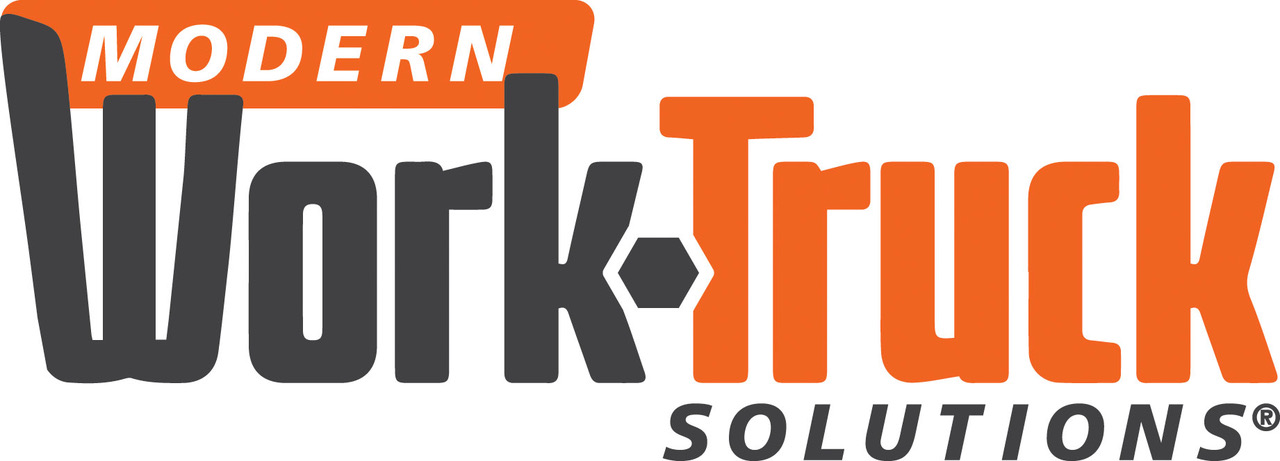No one hands you a playbook when you take your first fleet management role. One day, you’re handed the keys—figuratively and literally—and suddenly you’re responsible for overseeing drivers, vehicles, costs, and compliance. For many new fleet managers, the learning curve is steep, and beginner-friendly resources can be surprisingly hard to find.
Whether you’re stepping into your first fleet role or shifting into fleet operations from another part of the business, what follows will walk through the key focus areas that every fleet manager should master. The recent Shell Fleet Solutions State of Fleet Cards 2025 Report, is looked at throughout.
UNDERSTAND WHAT YOU’RE REALLY MANAGING
Fleet management is about much more than vehicles. In reality, you’re managing costs, data, compliance, safety, and above all, people. Understanding how these components connect is essential to success.
For nearly one-third (32 percent) of fleet managers, cost reduction is their number one challenge. And it’s no wonder: Fuel, maintenance, and vehicle acquisition add up quickly. That’s why gaining a clear understanding of your fleet’s total cost of ownership (TCO) from day one is so important.
BUILD A FOUNDATION OF COST CONTROL
Successful fleet management requires knowing exactly where your dollars are going. Without visibility into spending, it’s nearly impossible to control it, let alone optimize it.
According to our research, 49 percent of fleet managers say easier expense tracking is one of the top benefits of using fuel cards. Solutions like the Shell Card offer real-time insights into fuel spend, driver behavior, and purchase trends. Clearview analytics turns this visibility into action, spotting inefficiencies, preventing misuse, and uncovering opportunities to save. Small adjustments, like identifying vehicles with poor fuel economy or drivers with excessive idling, can add up to substantial savings over time.
EMBRACE THE DIGITAL FLEET TOOLBOX
As a new fleet manager, there’s a chance you’ll inherit a patchwork of systems: one platform for telematics, another for fuel expenses, maybe even a spreadsheet or two for maintenance tracking. This fragmentation makes it hard to see the full picture, especially when key data lives in silos.
In fact, 28 percent of fleet managers report struggling to consolidate fuel data, according to survey data. Surprisingly, one in four fleets still manage fuel manually, relying on receipts and reimbursements. That not only slows you down but also leaves room for errors and missed savings.
To manage effectively, embrace tools that work together. Integrate your telematics with fuel card data, expense systems, and maintenance software for a unified view of performance, costs, and driver behavior.
PRIORITIZE SECURITY AND CONTROLS EARLY
For many new fleet managers, fuel fraud and misuse are unfortunate and expensive first-year surprises. It’s easy to assume your team will follow the rules, but without proper controls in place, small leaks can quickly drain your budget.
Unfortunately, security is a widespread issue: 78 percent of fleet managers cite a lack of advanced security features as a key barrier to adopting fuel cards. While fleet managers should establish clear policies for fuel card use, automate alerts for unusual transactions, and regularly audit activity, the right solution should also help prevent fraud before it happens.
Fuel cards address these concerns head on with powerful digital safeguards, including purchase limits, driver ID verification, and contactless payment options. These features give you real-time control over how, when, and where each card is used, reducing risk without adding administrative burden. With these capabilities, you really have nothing to fear when it comes to security.
CHOOSE THE RIGHT TOOLS AND PARTNERS, NOT JUST PRODUCTS
One of the biggest challenges new fleet managers face is inheriting tools that don’t scale, or worse, tools that don’t come with real support. A product might check boxes on paper, but if it leaves you sorting through data alone, it’s not built for long-term success.
Our survey found that 39 percent of fleet managers say integration with fleet management systems is a top benefit of using fuel cards. The right partner delivers both the technology and dedicated service to help you collect insights and act on them. Fuel partners such as Shell Fleet Solutions provide tools and technology, and a dedicated account manager as well. With this additional support, new fleet managers have expert guidance to help translate data into better decisions and measurable results.
FIND YOUR NETWORK AND MENTORS
Fleet management can feel isolating at first. You’re navigating unfamiliar systems, fielding urgent questions, and making high-impact decisions. The emotional side of the job is real, and uncertainty, complexity, and decision fatigue can quickly pile up.
Fortunately, you don’t have to go it alone. Consider joining organizations like the National Association of Fleet Administrators, attending educational sessions, and don’t be afraid to ask your vendors for insights. Many have seen hundreds of fleets just like yours and can offer hard-won advice.
The first year is the hardest. However, it’s also where you grow the most. With the right support and tools, you’ll go from feeling reactive to confidently leading your fleet forward.
BE DATA-DRIVEN, BUT PEOPLE-CENTERED
The most successful fleet managers don’t rely on tools alone. They combine smart, data-driven solutions with strong relationships across their teams, vendors, and networks. Your first year should be viewed as a time for learning, not just performance.
You don’t need to know everything—but you do need to know what’s working, what’s costing you, and who you can trust.
KEY TIPS
- Use your first 90 days to establish a TCO baseline. Start tracking costs per vehicle, per driver, or per mile—whatever works for your operation. If you don’t measure it, you can’t improve it.
- Establish a regular cadence for expense reviews. Whether it’s a biweekly automated dashboard or a monthly deep dive, consistent monitoring can reveal patterns and early wins.
- If your fuel data and maintenance data don’t talk to each other, you’re working twice as hard to see half the picture. Connected tools help streamline your digital toolbox so you can make smarter decisions faster.
- Don’t wait for fraud and misuse to happen. Build your controls and exception alerts before handing out your first card. Taking a proactive stance on security can save you time, money, and a lot of headaches down the road.
- When evaluating vendors, ask: “How will you help me make better decisions in my first 90 days, six months, and beyond?” If the answer isn’t clear and actionable, keep looking. The right partner will hand you the tools and help build the strategy.
- Build a contact list of five trusted resources. Your go-to people for compliance, data, fueling, maintenance, and operational support can act as a sounding board to make a world of difference.
about the author
Waqar Siddiqui, General Manager, Business Mobility Americas, Shell. Shell Fleet Solutions provides connected tools, expert insights, and long-term partnerships to help you lead with confidence. Whether you’re tracking costs, tightening controls, or building your digital toolbox, you don’t have to do it in isolation.




